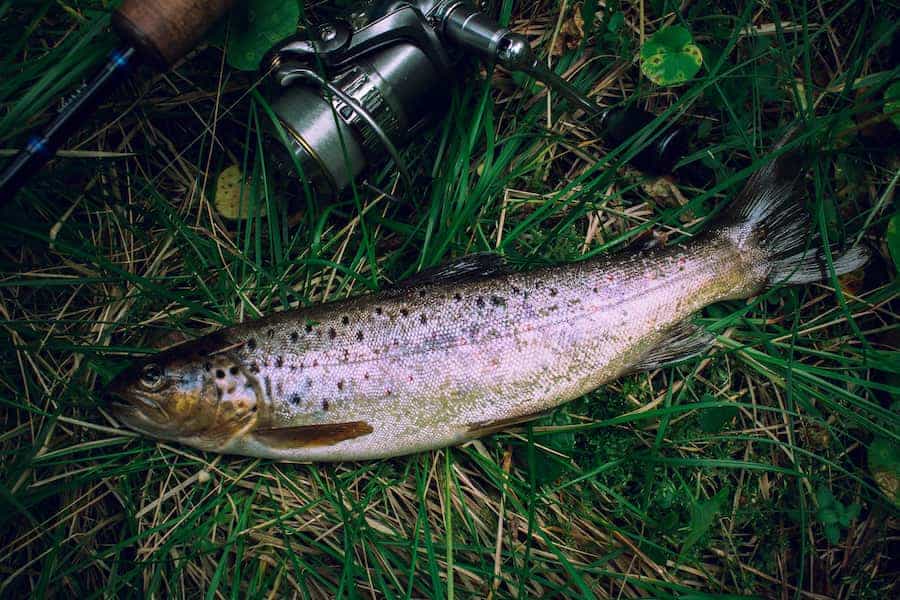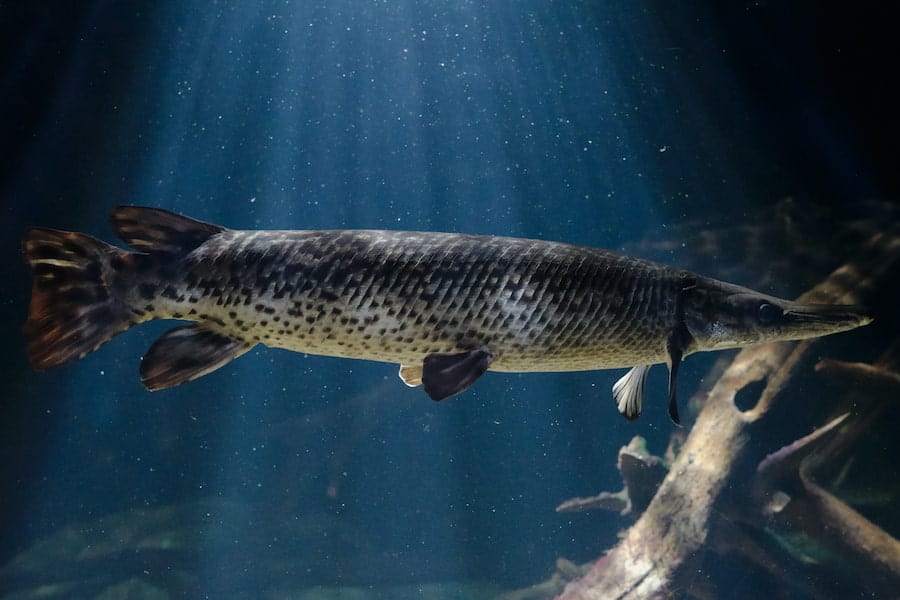As an Amazon Associate we earn from qualifying purchases.
While jackfish is usually a thrilling catch for any fisherman, many believe the meat is unfit to consume. However, jackfish may be eaten, and when cooked properly, they are pretty tasty. If you don’t know how to cook jackfish, don’t worry, it isn’t as hard as it sounds.
Quick Navigation
How to Cook Jack Fish
The best way to prepare jackfish is with lemon or lime juice, garlic, and your preferred spices. You can broil, bake or grill jacks with great results. It is only as excellent as how it’s prepared. The average fisherman would laugh at the notion of this being a nice meal.

They have a horrible reputation for having a strong fishy flavor. However, there are ways to prepare this fish such that the flavor is maximized. Fruit or tomato salsas, as well as vinaigrette-style sauces, pair well with a grilled jack.
The term jackfish refers to two distinct varieties of fish (saltwater jacks and pikes), and both are fierce predators prized by fishermen for their superior performance as sport fish. The majority of jackfish species are members of the Carangidae family of saltwater fish.
How to Cook Saltwater Jacks
If you prepare saltwater jacks appropriately, they are safe to eat. They are, however, known for being hard and having a pungent taste. If you run into any difficulties when preparing it, you should seek advice from an expert.
- Pin bones, a line of short, hardly visible bones that runs down the approximate center of the fillet, should be checked. They are difficult to spot, although they’re much easier to locate with your fingertips.
- Pull the bones out one by one with tweezers, or make a narrow V-shaped cut with the tip of a sharp knife to remove the entire line of bones as well as a little bit of flesh.
- Season the fillets with salt, pepper, or other spices as desired after brushing or spraying them lightly with oil.
- Place the fillets on a hot grill and cook for 10 to 12 minutes, flipping once over moderately high heat. The fillet is done when the opaque meat in the thickest region of the fillet turns white.
- Serve the fillets right away with the sauce and side dishes of your choice.

How to Cook a Pike
Saltwater jacks and pikes differ slightly in their cooking procedure. You should ensure you cook your pike thoroughly and carefully since an undercooked pike is not suitable for your health.
- Place the fillets on a cutting board and slice away the rib cage with your boning knife, moving beneath the ribs and cutting towards the fillet’s edge. A thin membrane should hold the ribs together. To reduce waste, keep your knife blade firmly against the bones.
- At the midpoint of the fillet, reach for bones. They are arranged in a line running down the length of the fillet. They’re challenging to remove with tweezers, so cutting that piece of the fillet is the best solution. You’ll now have two strips of flesh attached to the tail.
- Remove the tail end of the fillet from the rest of the fillet and set it aside. Depending on the size of your pike, cut the long strips of fillet into two or more sections apiece.
- Season the fillets with salt and pepper, then dredge them in flour or fine cornmeal before pan-frying them in a bit of oil. Alternatively, coat the chunks in milk or beaten egg before dipping them in breadcrumbs.
- Spray them with oil and bake them in the oven until the crumbs are golden brown. You can also bake pike fillets in white sauce or tomato sauce, which helps keep the fillets wet while in the oven.
Filleting Jack Fish
Even though jackfish are delicious, you must first ensure that they are appropriately filleted. Because the Crevalle’s bones are different from those of other fish, you’ll have to clean it differently.
- When filleting the jack, make sure to work your way from the top to the bottom of the fish. And, no matter what kind of fish you’re filleting, make sure you use a razor-sharp knife.
- The bloodline of the jackfish must be separated from the flesh with a sharp knife only. You should have no trouble locating the line because it is so distinct. It will be darker and have less texture than the rest of the beef, so you’ll notice it.
- Remove the entire bloodline to ensure you have the tastiest jackfish possible.
- Allow the fish to soak in buttermilk if you had previously filleted them. If you don’t want to use buttermilk, full-fat milk will suffice. This soaking is crucial because the protein solids in full-fat milk or buttermilk will aid in the removal of the fishy flavor.
- These fishy molecules will bond to the protein solids, pulling them out of the fish. Make sure the fillets have at least two days to rest in the milk. After one day, turn them over.

Soaking the Fillets
It’s time to prepare the fillets after you’ve soaked them. Take the fillets out of the water and pat them dry. You might clean the fillets; however, keep in mind that the fish oils are essential for flavor, and rinsing may remove some of these beneficial oils.
You might pat the fillets dry with a paper towel instead of washing them. Because jack crevalle is a dark meat fish, you can’t cook it the same way you would a white meat gamefish.
Once you’ve soaked your jack crevalle fish fillets, you’ll notice that they resemble steaks; while the flavor is distinct, you could prepare it in the same way you would a steak. This video by Rad Reeling Fishing will give you more insight into how to cook jackfish.
Conclusion
Properly cooked jackfish is a delicious meal that goes well with any side dish. However, acidic accompaniments like fruit or tomato salsas pair well with grilled Jack. Check with local authorities before eating a jack you’ve caught yourself to determine if ciguatera is a problem in the area’s waters.
